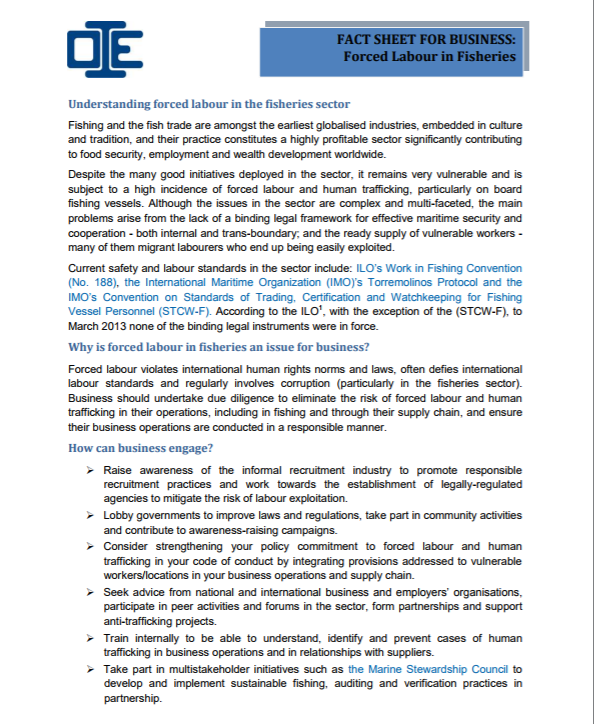Employment & Recruitment Agencies Sector Guide on Implementing the UN Guiding Principles on Business and Human Rights
GuidanceThis document provides guidance for employment and recruitment agencies, information and communications technologies companies, and oil and gas companies for applying the UN Guiding Principles on Business and Human Rights ...Read More

